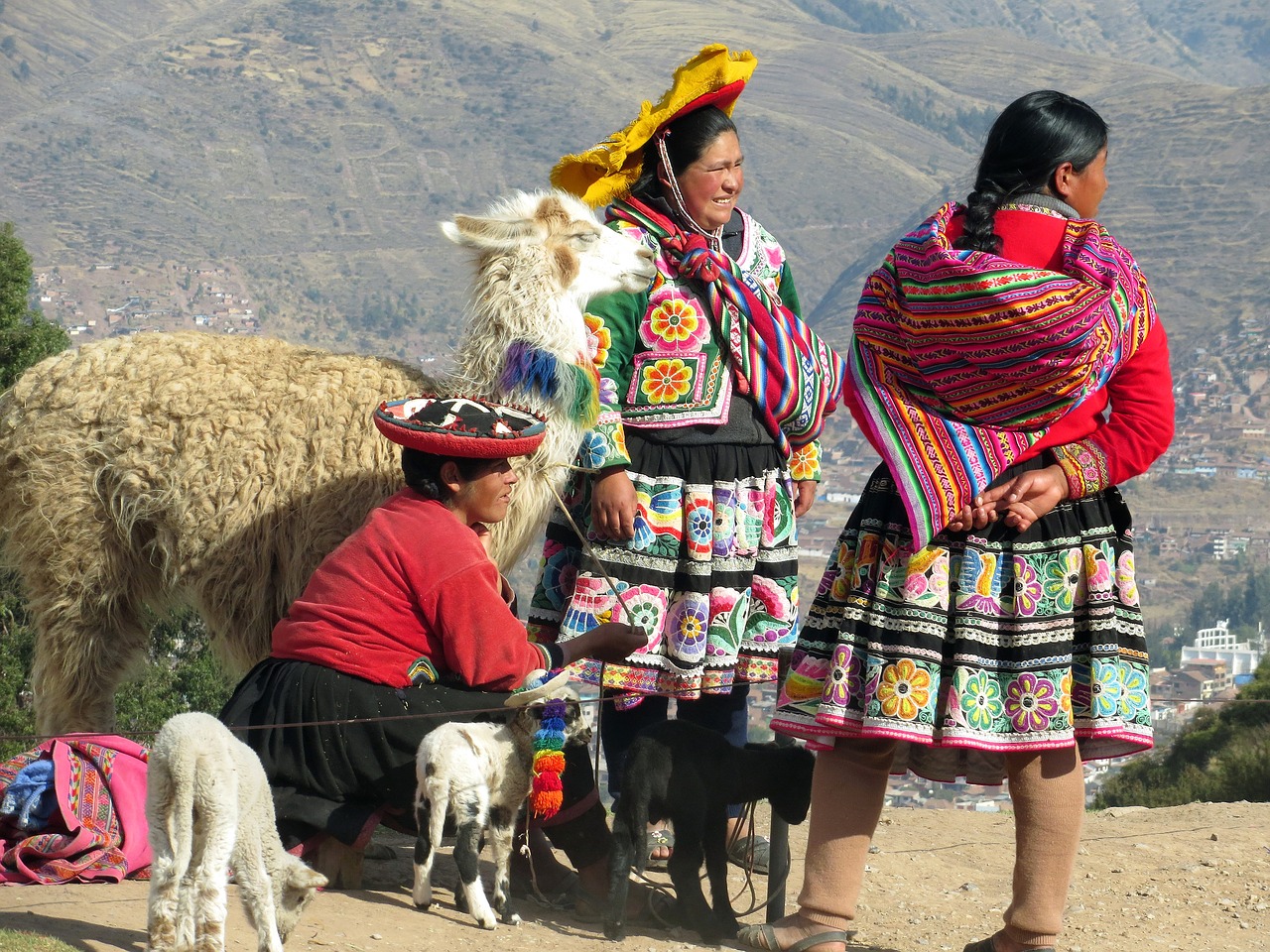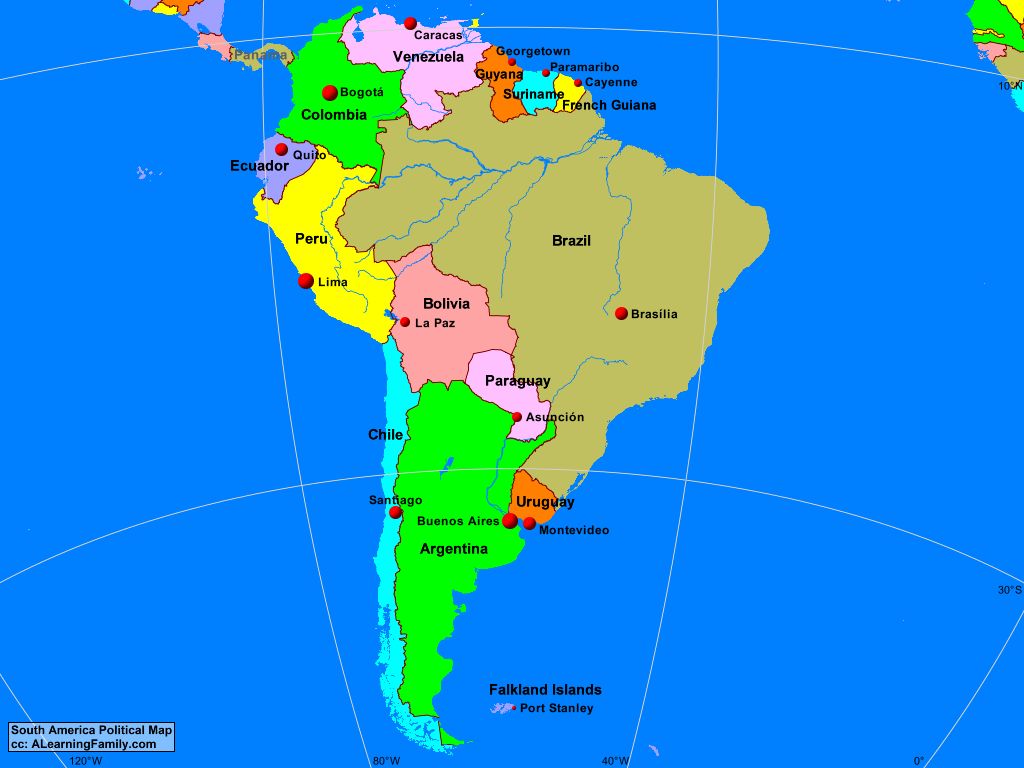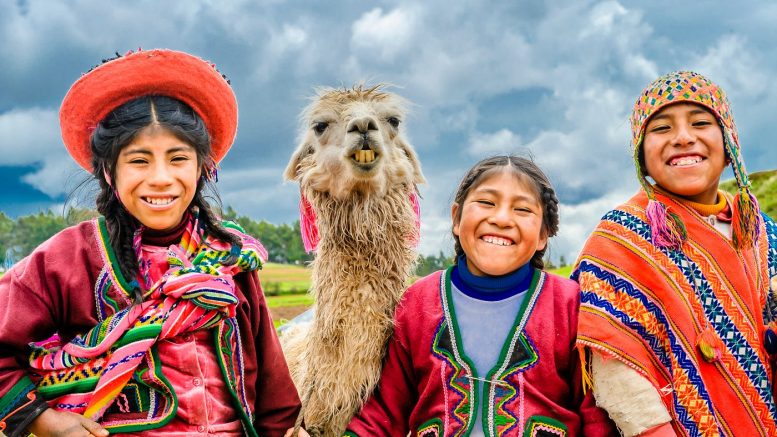Population of South America
Initially, South America was inhabited by Indian tribes. By the time the continent was discovered by Europeans as part of four expeditions of Christopher Columbus at the end of the 15th – beginning of the 16th centuries, some Indian tribes were already leading a sedentary lifestyle, engaged in agriculture, crafts and hunting. The territory of South America was mainly colonized by immigrants from Spain and Portugal. By the early 19th century, the mainland was largely divided between Spain and Portugal, while other European states such as England, France and the Netherlands had only small colonies in the north of the mainland. The modern population of South America was formed from three main categories. The first group is the Indian population, the indigenous inhabitants of the mainland, who came from the northern regions or from the territory of the North American continent. The second group are European settlers, initially mainly from the countries of the Iberian Peninsula, such as Spain and Portugal, and later from other European countries, including Italy, Poland, Germany, Russia and others. The third group are the descendants of slaves who were forcibly brought from Africa to work on agricultural plantations.

Diversity of ethnic groups and metropolitan cities: characteristics of the population of South America
Over the course of several centuries, the population of South America became extremely diverse due to intermarriage, which created new ethnic groups. Mestizos, descended from marriages of Indians with representatives of the “white” European population, mulattoes, descended from marriages of Europeans with Africans, and Sambos, descendants of marriages between Indians and Africans, became part of the ethnic mosaic of the region. The indigenous people, Amerindians, predominate mainly in the Andean regions, as well as in countries such as Bolivia and Paraguay. Brazil, Colombia and Venezuela have significant populations of African descent. In addition, the major countries of South America have developed unique ethnic groups such as Brazilians, Chileans, Peruvians and Bolivians.
Densely populated areas are concentrated along the Atlantic coasts of Brazil and Argentina, coastal areas of the Caribbean Sea and parts of the Pacific Ocean, and in the lowlands along the Paraná River. A prominent feature of this region is the high population density in the Andean mountainous regions at altitudes between 1,000 and 2,500 meters. Bolivia is known as one of the highest altitude countries, and the city of El Alto is located at more than 4,000 meters above sea level, being one of the highest metropolises in the world with a population of over a million people. The cities of South America have become highly urbanized, with 84% of the population living in cities, making the region one of the most densely populated in the world. The largest agglomerations include Sao Paulo, Rio de Janeiro and Buenos Aires.
Political map of South America

The political map of South America began to take shape during the period of colonization of the mainland by Spain and Portugal, which led to the emergence of the term “Latin America.” This region covers not only the southern part of North America and the islands of the Caribbean, but also areas where Romance languages, descended from Latin, are used. Currently, there are 12 independent states on the Southern continent, as well as the European territory of French Guiana, which is an overseas department of France. All countries on the mainland have a form of republican government, with Brazil, Argentina and Venezuela having a federal structure of state.
South America includes the Andean region, which includes Venezuela, Colombia, Ecuador, Peru, Bolivia and Chile, and the Atlantic region with Guyana, Suriname, Guiana, Brazil, Paraguay, Uruguay and Argentina. The countries of this continent belong to different categories of developing countries with different levels of socio-economic development. For example, Brazil, the most developed of them, is a key developing country along with India and Mexico, while Argentina belongs to the group of newly industrialized countries.

